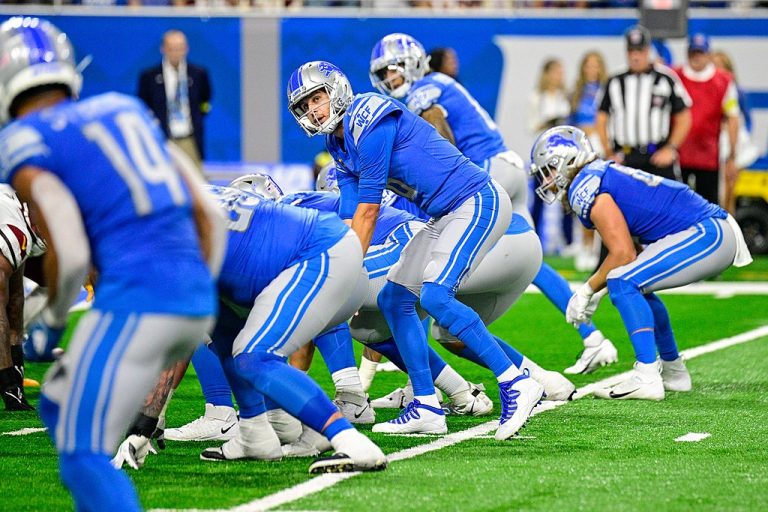The National Football League (NFL) has been playing games on Thanksgiving Day since the league was created in 1920. This followed the tradition of college and high school teams who had been playing on Thanksgiving Day ever since the game was invented because many people had the day off. What may have started as a way to allow more people to enjoy the game has become a marketing tool to get the most profit out of a single game.
Here is an angle business journalists should consider when covering the business of Thanksgiving this year.
Why play on Thanksgiving Day?
Playing football on Thanksgiving has been a tradition since before it became a professional sport, but in 1934 it became clear that money was a driving motivator to play. The owner of the Detroit Lions, George Richards, saw Thanksgiving as a way to get more people to come to watch the game during their inaugural season. What made this game stand out from other teams is that Richards also owned a radio station and was able to arrange a national broadcast of the game. His plan worked. The Lions saw almost double the attendance of any other game that season and even had to turn away almost as many people at the gates.
Even though the Lions lost that match, the national attention the game received was truly unmatched and the Lions have played on Thanksgiving Day ever since, reaping the benefits of the tradition. In fact, the first-ever TV broadcast of a football game in color was the Lions’ Thanksgiving game in 1965.
Not wanting to miss out, the general manager of the Dallas Cowboys scheduled a Thanksgiving Day game in 1966 to get more national publicity for his team. Despite doubts from the NFL that the team would garner enough attention to fill the stadium, over 80,000 fans showed up for the game and cemented the team as the second staple of Thanksgiving Day football.
Getting more views for underperforming teams
There were only two years that the Cowboys did not play on Thanksgiving Day: 1975 and 1977. The NFL wanted to boost the national exposure of the St. Louis Cardinals, who were not regular contenders for the Super Bowl, so they gave them the Thanksgiving Day game for three years (the Cowboys played them in St. Louis in 1976). Unfortunately, they lost all their games, attendance wasn’t as strong as hoped, and they faced local opposition, so the time slot was given back to the Cowboys to host from then on.
Clearly still wanting to experiment with getting more viewers for underperforming teams, the NFL added a third Thanksgiving Day game in 2006 with no fixed teams. They have even mixed up the matches of the two host teams in recent years because it is believed that people will still tune in to watch no matter who is playing due to sheer tradition.
Business angles to explore
Ratings: Ratings for the NFL have been declining in the last decade, but last year the Thanksgiving Day games averaged 29.7 million viewers making them the most watched since 1998. These games may help boost overall viewership.
John Madden: This year the NFL has chosen to honor late Hall of Fame head coach John Madden by renaming the tradition after him and broadcasting segments dedicated to him throughout the game, which may encourage even more people to tune in this year potentially leading to more merchandise sales.
Throwback uniforms: The Dallas Cowboys will once again be wearing their throwback uniforms this year, which they haven’t done since 2012. This is because the league approved the use of a second helmet after previous denials due to safety concerns. Throwback jerseys are a ripe avenue for profit and even when ratings were slumping in 2015, jersey sales were the one place the NFL saw increased revenue.
Amazon Prime: With rights to Thursday Night Football, viewership among younger viewers has been up this season, which may be why the NFL has added a Black Friday game to the schedule for 2023 exclusively streamed on Amazon Prime Video. This partnership is one to watch closely.







